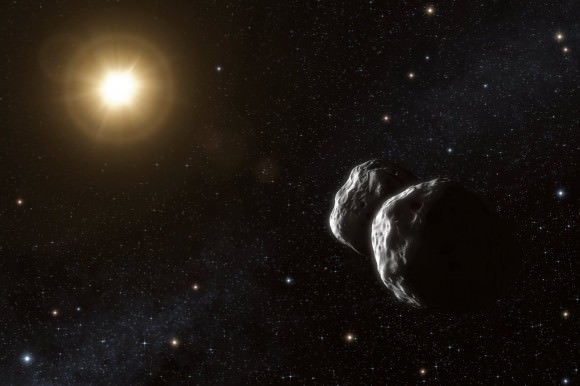Asteroids are sometimes called loose rubble piles, which leads to interesting effects if they happen to get close to a planet. A science team in 2010 found out that when asteroids get close to Earth, the gravity of our planet can stir up the dust grains and “refresh” its face, in a sense. Now, scientists have found that Mars can do the same thing.
Here’s the interesting part: the asteroid belt is in between Mars and Jupiter, which means that potentially more asteroids could be changed from the influence of Mars than what happens near Earth.
“Mars is right next to the asteroid belt, and in a way it gets more opportunity than the Earth does to refresh asteroids,” stated Richard Binzel, a professor of planetary sciences at the Massachusetts Institute of Technology who participated in both sets of research.

“Picture Mars and an asteroid going through an intersection, and sometimes they’ll both come through at very nearly the same time,” Binzel added. “If they just barely miss each other, that’s close enough for Mars’ gravity to tug on [the asteroid] and shake it up. It ends up being this random process as to how these things happen, and how often.”
The initial research in 2010 showed that most asteroids are redder than meteorites. On asteroids, the surfaces get exposed to cosmic radiation and become redder as time goes on. But when as asteroid gets close to Earth, the planet’s gravity moves around the surface particles and brings fresher bits from underneath. Meteorites that break off from these asteroids would therefore not be as red.
This time around, Binzel’s team looked at other possibilities to “refresh” asteroids, such as collisions or energy from the sun, but concluded that the planets are probably the big reason we see the changed surfaces. You can read more details on the research in the journal Icarus or the preprint version on Arxiv. The lead author on the article was MIT planetary scientist Francesca DeMeo.
Source: MIT

